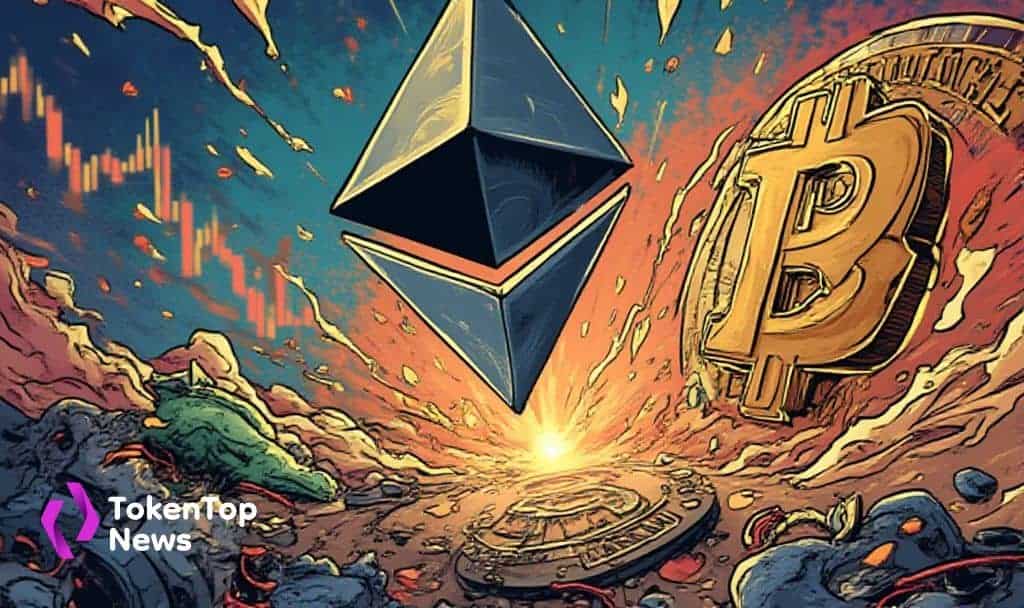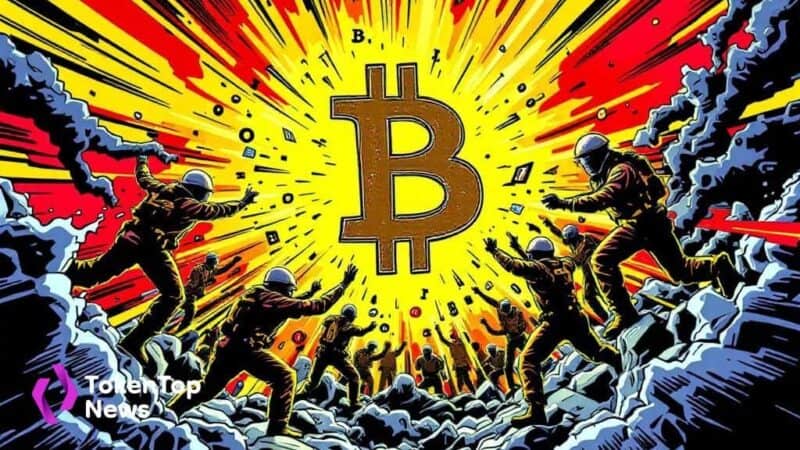Ethereum Surpasses Bitcoin in Perpetual Futures Volume
- Ethereum ETH -3.30% ’s perpetual futures volume exceeds Bitcoin BTC -2.58% ’s for the first time.
- Major shift in crypto derivatives landscape observed.
- Increased speculative activity shifts towards Ethereum and altcoins.

Ethereum perpetual futures volume dominance has overtaken Bitcoin for the first time since the 2022 cycle low, marking a shift in the crypto derivatives market, according to Glassnode.
This shift suggests a changing preference among traders, potentially leading to increased volatility and capital rotation in the crypto markets, affecting Ethereum and related altcoins.
Ethereum perpetual futures have overtaken Bitcoin in volume dominance for the first time since 2022, according to data provided by Glassnode. This signifies a striking shift in the crypto derivatives market structure.
Key stakeholders like Glassnode, Hyperliquid, Aster, RabbitX, and EdgeX are involved in this event. The data suggests a strategic pivot of speculative trading activity from Bitcoin to Ethereum and altcoins.
The immediate effects of this shift include a change in speculative trading focus from Bitcoin to Ethereum. Increased activity on major decentralized exchanges supports this trend.
Financial implications are notable as perpetual trading volume on decentralized exchanges reaches historical totals, marking increased capital deployment into Ethereum and related altcoin perps.
Traders and analysts observe a potential change in market dynamics driven by Ethereum’s rise in dominance. This shift might herald further shifts in market leadership. As noted by an On-chain Analytics Provider,
“Ethereum (ETH) perpetual futures volume dominance has overtaken Bitcoin (BTC) for the first time since the 2022 cycle low, setting a record volume skew in ETH’s favor.”
The historical context shows similar patterns post previous Bitcoin rallies and Ethereum upgrades, where shifts have led to gains in altcoin indices. Insights suggest this could precede another altseason rally accompanied by increased market volatility.




